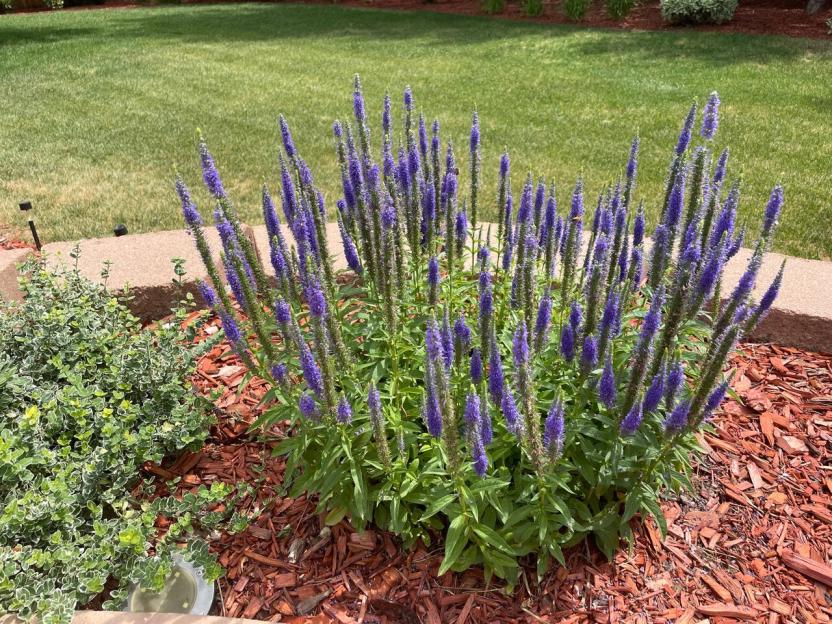
Whether you want to improve your home to sell or looking for a way to spruce up your garden, including native plants is a must. Not only will local flowers and shrubs raise your curb appeal, they will also improve the local ecosystem.
Easy Maintenance
Plants native to Minnesota are easier to maintain. Plants like the blue monkey flower and milkweed thrive in the soil, weather, and climate in the North Star State. Hassle-free maintenance will make taking care of the plants easier and leave you more time to add mulch and make other improvements to your garden.
Since native plants don’t need much watering or fertilizing, they’re the obvious choice for beginning gardeners. They practically grow themselves, so in addition to saving time, you’ll save on your water bill.
Worried about the winter? No need to. Plants native to Minnesota have been here for centuries and evolved to withstand our harsh conditions. They’re also more resistant to pests and diseases.
Raise Property Value and Curb Appeal
Upgrading your garden in the backyard or adding improvements to the front raises your property value. Don’t know where to start? Visit your local nursery and ask for native flowers, shrubs, and vines.
Other landscaping trends that improve your curb appeal include a well-maintained lawn, flowers, trees, and hardscaping. Maybe think about a small gazebo in the back, covered in native vines. Mature native trees also add a 2% increase to your property value.
Promote Pollinators
When you garden with Minnesota natives, you attract bees, butterflies, and other pollinators - an essential process for our food supply. The pollinators spread seeds, so in a year or so, you might see plants from your home start to sprout around your neighborhood.
A serviceberry tree is an excellent place to start. Not only does it produce beautiful white flowers, but it also produces small, edible fruit, which is an easy way to attract pollinators.
Do Your Research
Before you start your native garden, do your research. Check out this guide from the Department of Natural Resources. The guide will help you avoid inviting invasive species into your garden.
Invasive plants such as a birdsfoot trefoil or black swallow-wort are pretty, but they threaten Minnesota’s ecological balance. These exotics will quickly overcrowd your native plants, robbing them of essential nutrients.
Pollinators might only go to that one plant, depriving native plants of attention. Some invasives will kill the native plants as they compete for resources.
Cooking With Native Plants
Native plants add more than texture to your garden; they also add texture and taste to your plate. Minnesota offers an abundance of native herbs to grow in your garden and in your kitchen.
- Basil
- Bay borage
- Chamomile
- Cilantro
- Dill
- Fennel
- Lavender
- Marjoram
- Parsley
- Rosemary
- Watercress
Another benefit of native herbs? They’re natural pesticides.
Tending to a native plant garden could also lead to a history lesson. As you learn more about what grows best in your yard, you will find out what was historically grown there.
Planting what people decades before you also planted is a way to connect to your garden. Using native plants and learning from local growers allows you to better explore your garden, and your community as well.
Written by Pete Sherer
About the Author
Pete Sherer is a lifestyle and landscape design writer. He has refurbished a number of older homes with a focus on low-maintenance gardens and spaces for home offices and entertaining.
You may also like
Top 10 Gardening Tips for Beginners
What Are The Best Fabric Pots For Your Plants?
8 Tips and Tricks for a Green Garden
13 Ways to Maintain a Healthy Flower Garden
